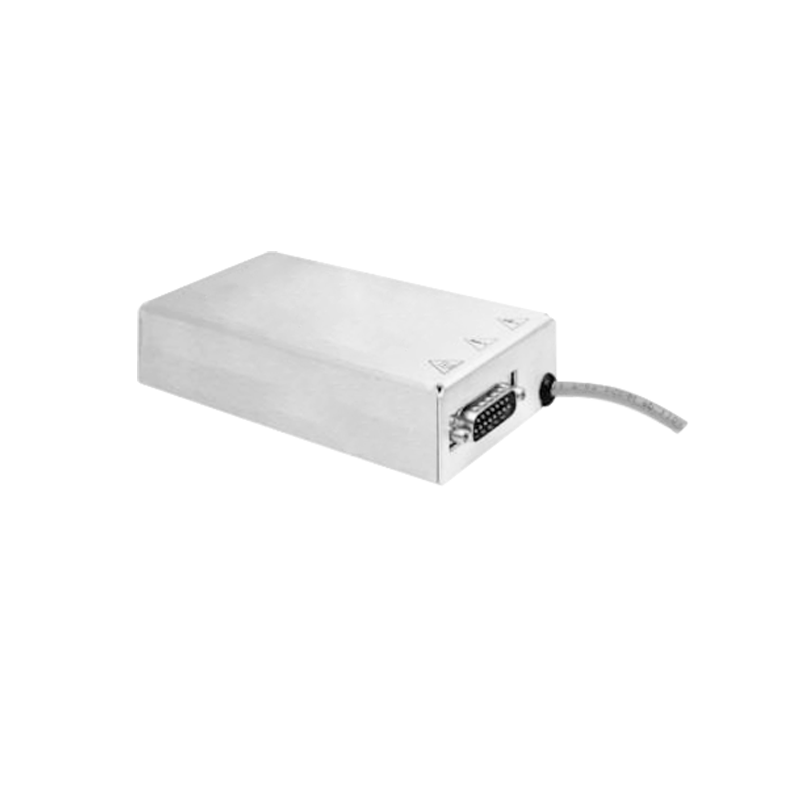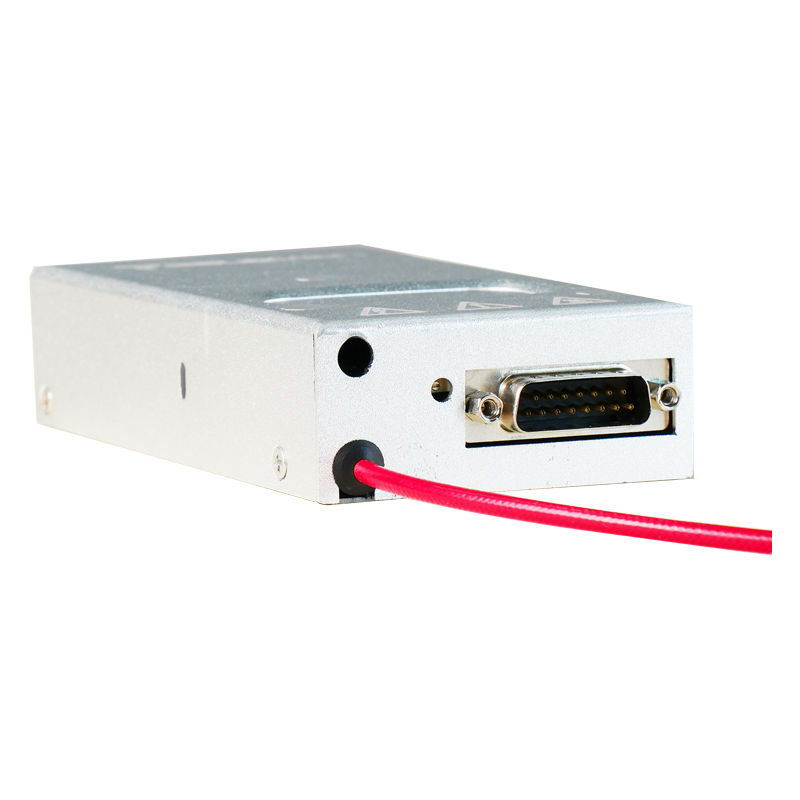Compensation Strategies for Power Fluctuation Effects on Data Quality in DNA Sequencer Power Supplies
In DNA sequencing systems, power supply precision directly influences signal integrity in electrophoresis, nanopore control, and fluorescence detection modules. Even microvolt-level fluctuations in power output can alter current flow through nanopores or affect excitation stability, leading to read errors and base-calling inaccuracies.
The power supply integrates a multi-channel isolated output architecture, each channel providing regulated voltage with less than 10 ppm deviation. Real-time monitoring circuits continuously track current ripple and voltage drift. When anomalies are detected, a digital compensation algorithm dynamically corrects the output waveform to stabilize electrophoretic flow.
To mitigate transient fluctuations, a predictive feed-forward control mechanism analyzes load dynamics and preemptively adjusts regulation parameters before significant disturbances occur. Additionally, thermal compensation models account for internal temperature rise that could impact voltage reference stability.
For optical detection subsystems, synchronized modulation of LED or laser excitation with the sequencing clock ensures phase stability between electrical and optical signals. Any deviation in power amplitude is corrected through real-time intensity feedback using photodiode monitoring.
Data integrity is further enhanced through machine learning-based correction models that correlate power variations with sequencing error patterns. The sequencer’s software compensates signal deviations during post-processing, effectively reducing false reads caused by electrical instability. This comprehensive compensation framework guarantees consistent data quality and enhances sequencing throughput and accuracy.




















